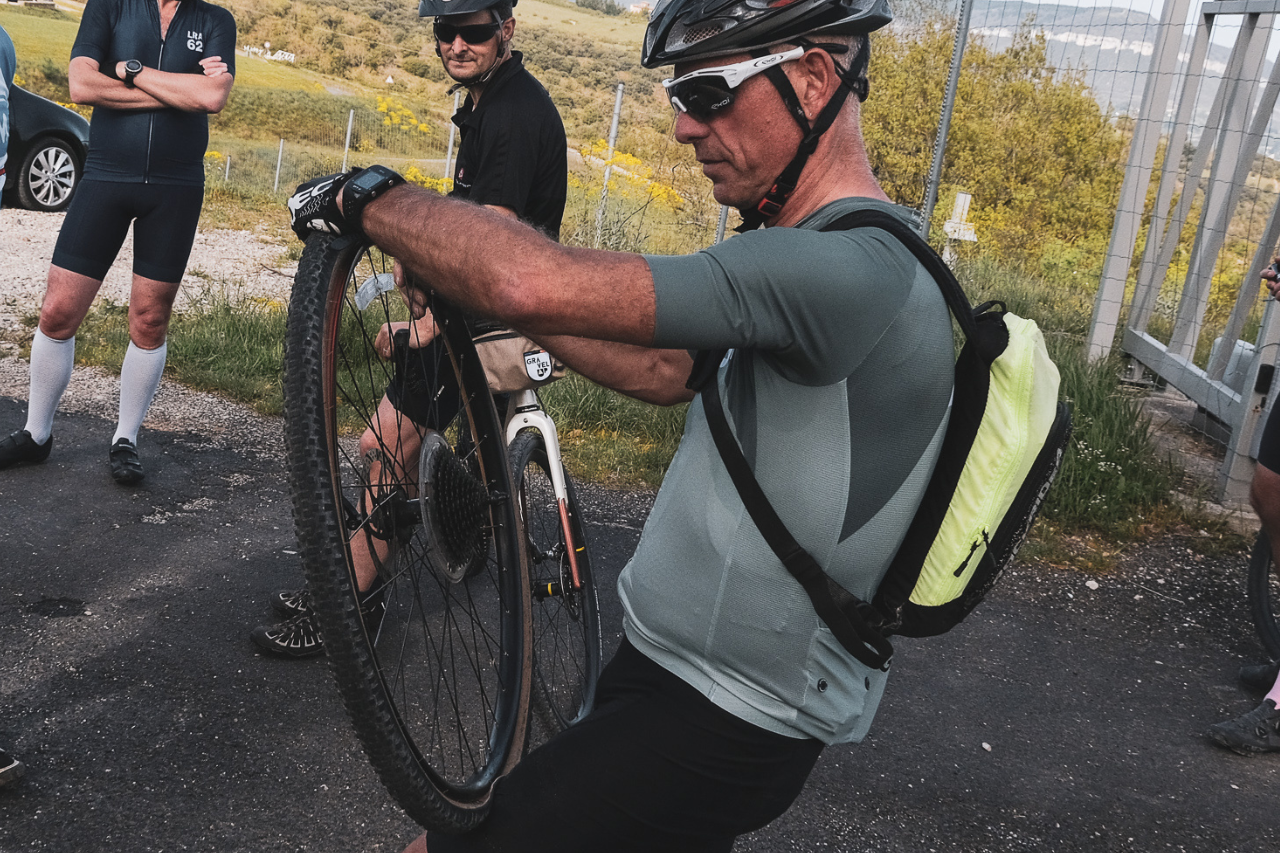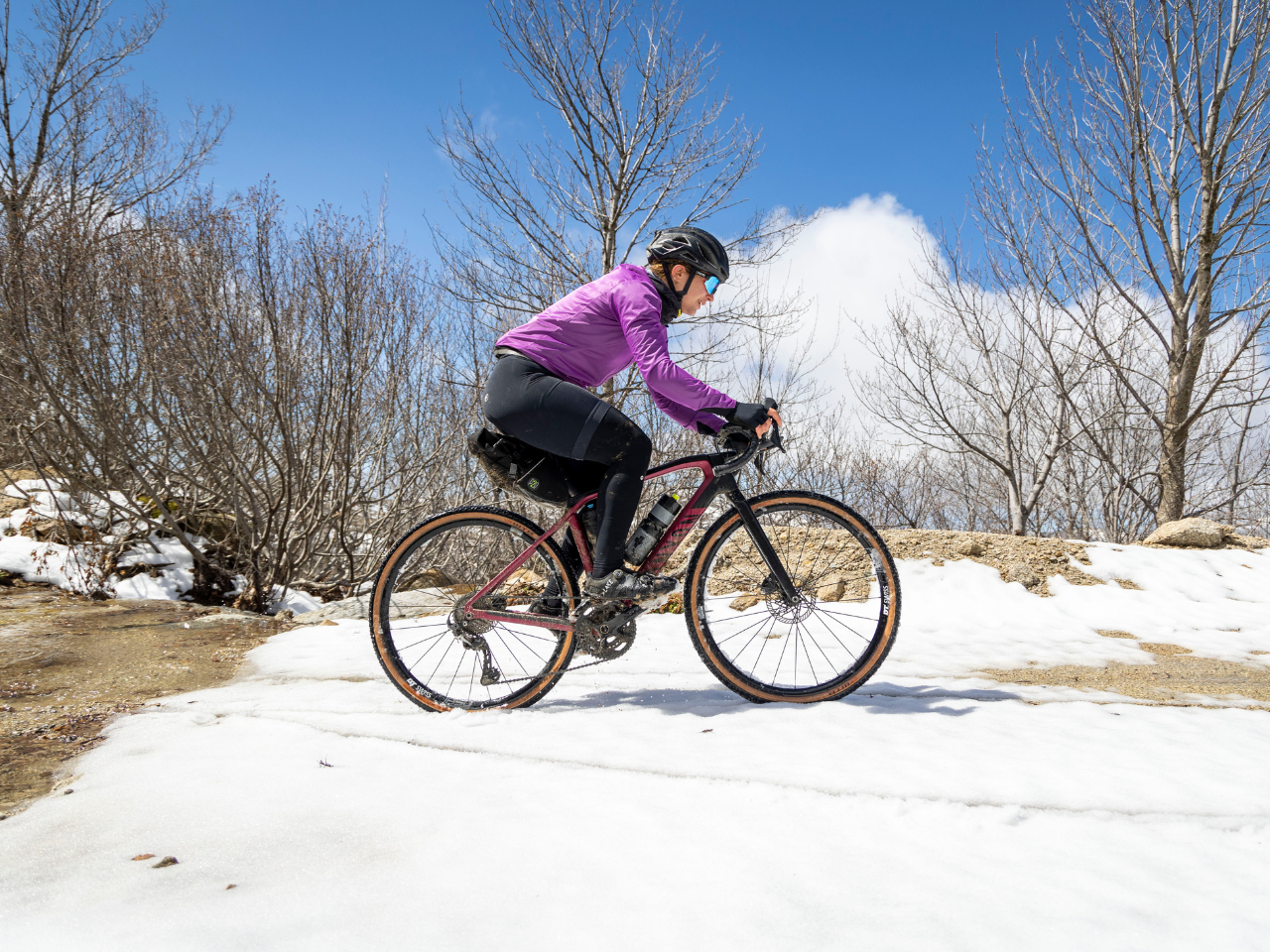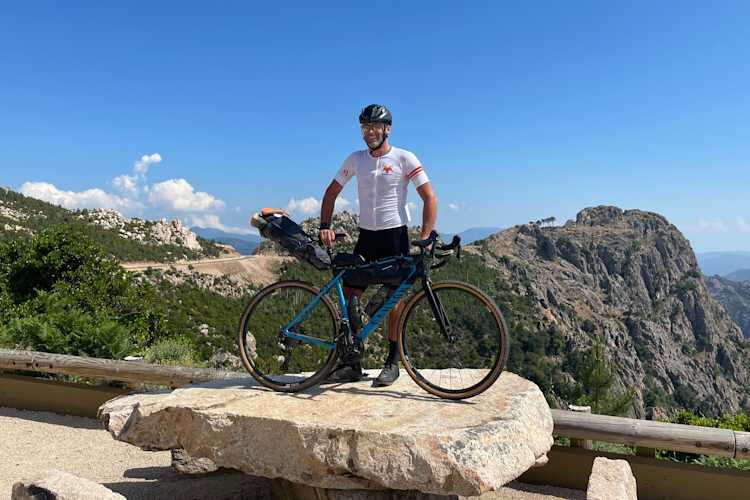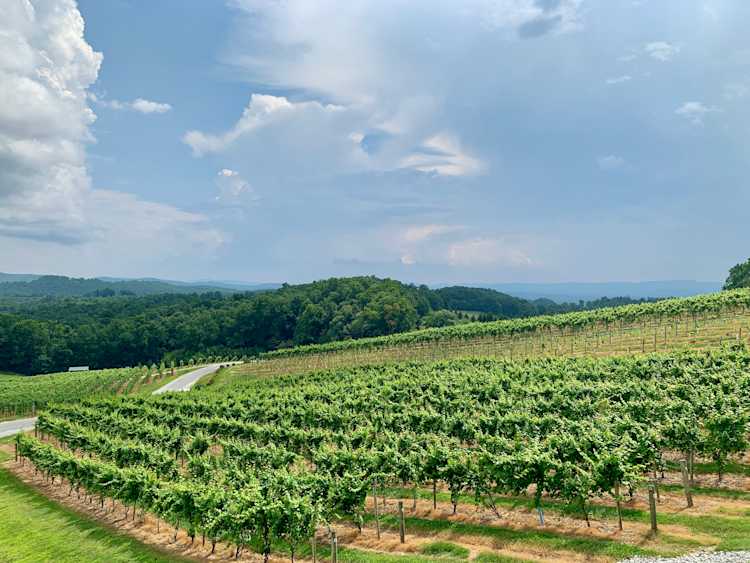How to choose the tyres for your gravel bike
Gravel riding isn’t just about riding gravel, it’s the ability to ride on all kinds of surfaces that take your fancy - roads, tracks, paths and everything in between…
Just as there’s all sorts of surfaces, there’s all sorts of cyclists. Some prefer smooth gravel and tarmac, others the rougher the better, rarely riding on the road. And this is where tyre choice comes into play to make your bike ideal for where you ride.
We’re all on the hunt for the perfect tyre, tough enough to withstand anything the trails can throw at it yet fast and smooth on the the tarmac… and there’s been an explosion of choice recently. We thought it time to have a look at the different options so no one gets left behind!

First the basics
What exactly is a tyre?
Before making a choice we need to understand what makes a tyre - the bead (that grips the wheel rim), the sidewall (that needs to withstand knocks) and the rolling surface - it’s this contact area that will determine where your bike can take you.
Gravel tyres can be almost any width between 28mm and 50mm (wider than this becomes MTB!) 💡not forgetting to keep 6mm space between the tyre and your front fork to avoid tyre rub.
There’s three main types of riding and therefore corresponding tyres - fast and flowing on road and smooth gravel, a bit of everything with more technical trails and finally the adventurous, with steep techie riding and hike-a-bike a plenty.
So what tyre to choose?
Firstly it’ll depend on your wheel size - either 700c (standard road bike size otherwise known as 29er in MTB speak) or 650b, which are slightly smaller to allow for fatter tyres of 40mm+ or if you ride a very small bike frame.
There is no perfect tyre, it’s all about where you choose to make your compromise! Tyre width is the key choice and will make the biggest difference in terms of comfort, control and where/what you can ride.

Next question - inner tubes or tubeless?
The next choice to make - inner tubes or tubeless, although really we feel this one is a no brainer. Traditionally tyres house and protect a rubber inner tube inflated to the desired air pressure, and are susceptible to punctures from thorns, sharp stones and impacts.
The tubeless tyre setup has come from cars to MTBs and naturally to gravel bikes too… It comprises a tyre that fits tightly against the wheel rim containing a liquid sealant which crystallises on contact with air to perfectly hold air in the tyre.
This sealant plugs any small holes picked up along the trail, massively reducing the risk of puncturing especially from impacts where the tyres gets pinched each side against the rim. This allows you to ride with much lower tyre pressures, increasing grip and comfort.

So what’s the right tyre for you?!
If you’re on the hunt for speed mostly on road and rolling surfaces then choose a smoother tyre between 32-35mm wide as this will be lighter and run faster. You will be fairly limited to which trails you can take however as the tyre won’t provide enough grip on loose and/or rocky terrain. Well-known brands for this type of tyre include Schwalbe and Maxxis.

If you want to be able to ride a bit of everything without compromising too much anywhere, then something 38-42mm wide is for you. Nobbles of varying size and specific tread patterns allow for fairly low rolling resistance on road surfaces too, and 40mm tyres have become the popular choice for a 50:50 style of riding. It’s worth bearing in mind that above 42mm tyres start adding quite a lot of weight and rolling resistance particularly on road.

For those hardcore gravel addicts who like it the rougher the better, tyres wider than 42mm are a necessity. These tyres give much better grip, and can be run at even lower tyre pressures giving more comfort - very much needed in steep rocky terrain. Here the tread patterns are designed to help stop them being clogged by mud to maintain grip, almost no matter what! They will add a lot of rolling resistance on the road, but you’ll be able to let rip off the beaten track!

And finally what’s the ideal tyre pressure to run?
Ah the question with as many answers as there are gravel riders! It all depends on the trails you’ll be taking for the day, your tyre, your weight and how you are feeling. All tyres have their ideal pressure range marked on the sidewall to give you an idea, after that it’s for you to get riding and have a play… You’ll soon decide what feels best for you!


